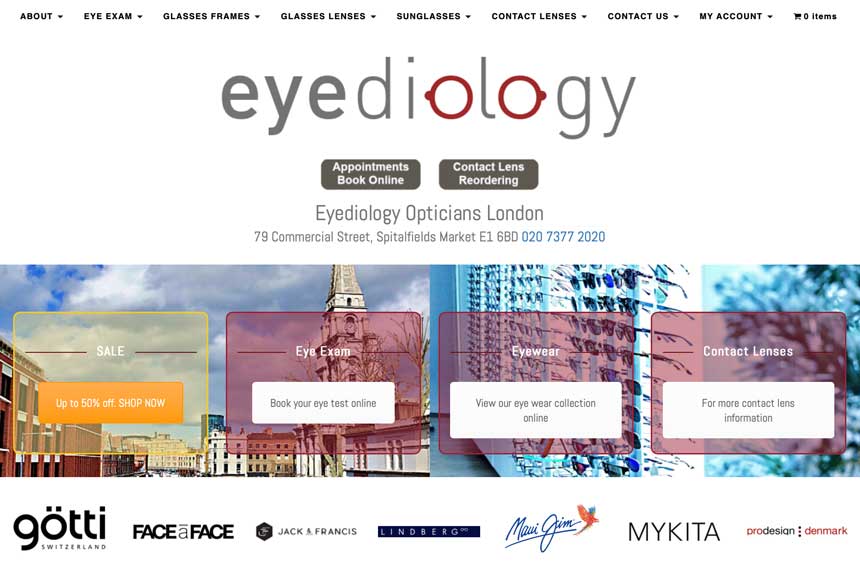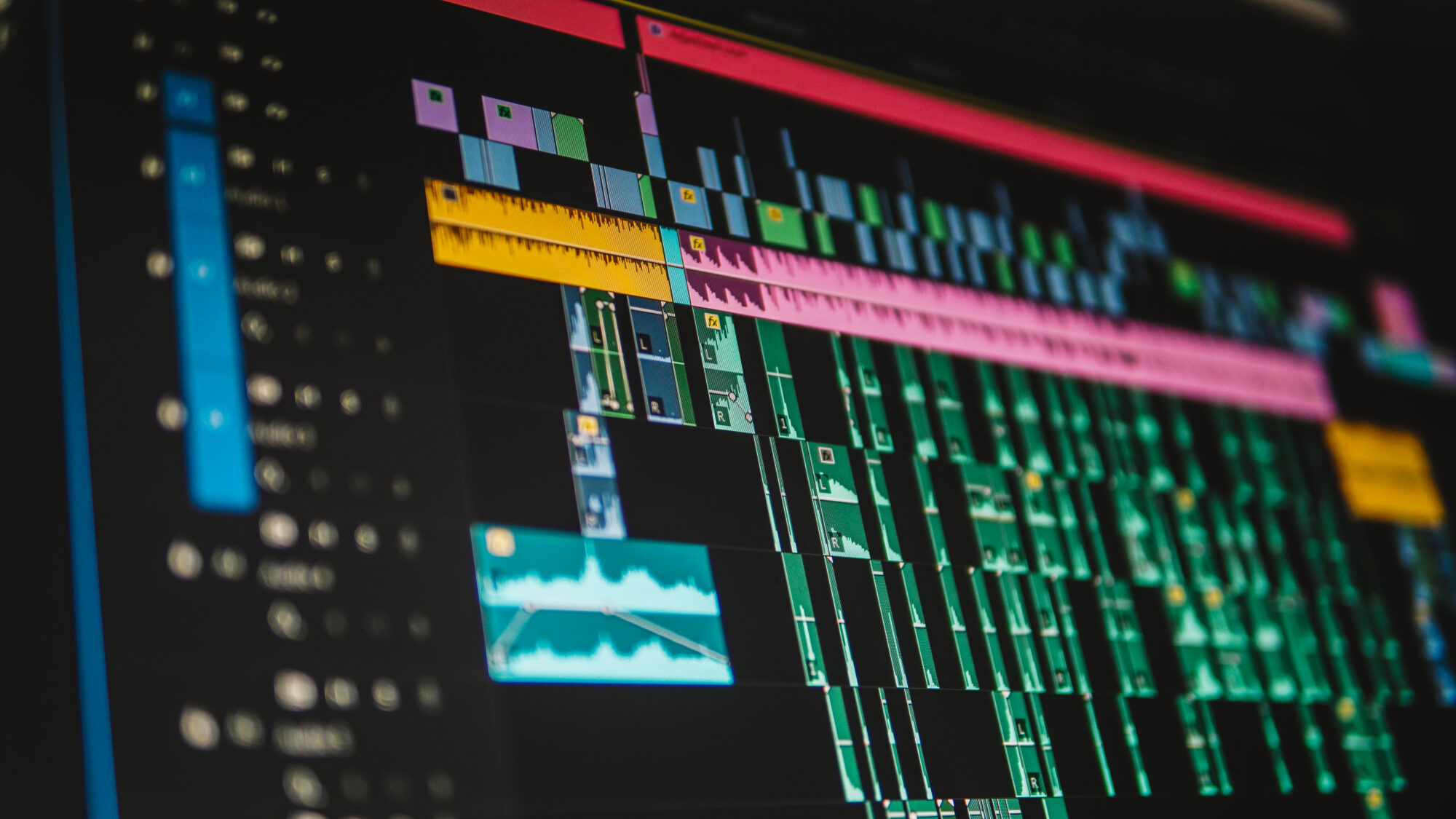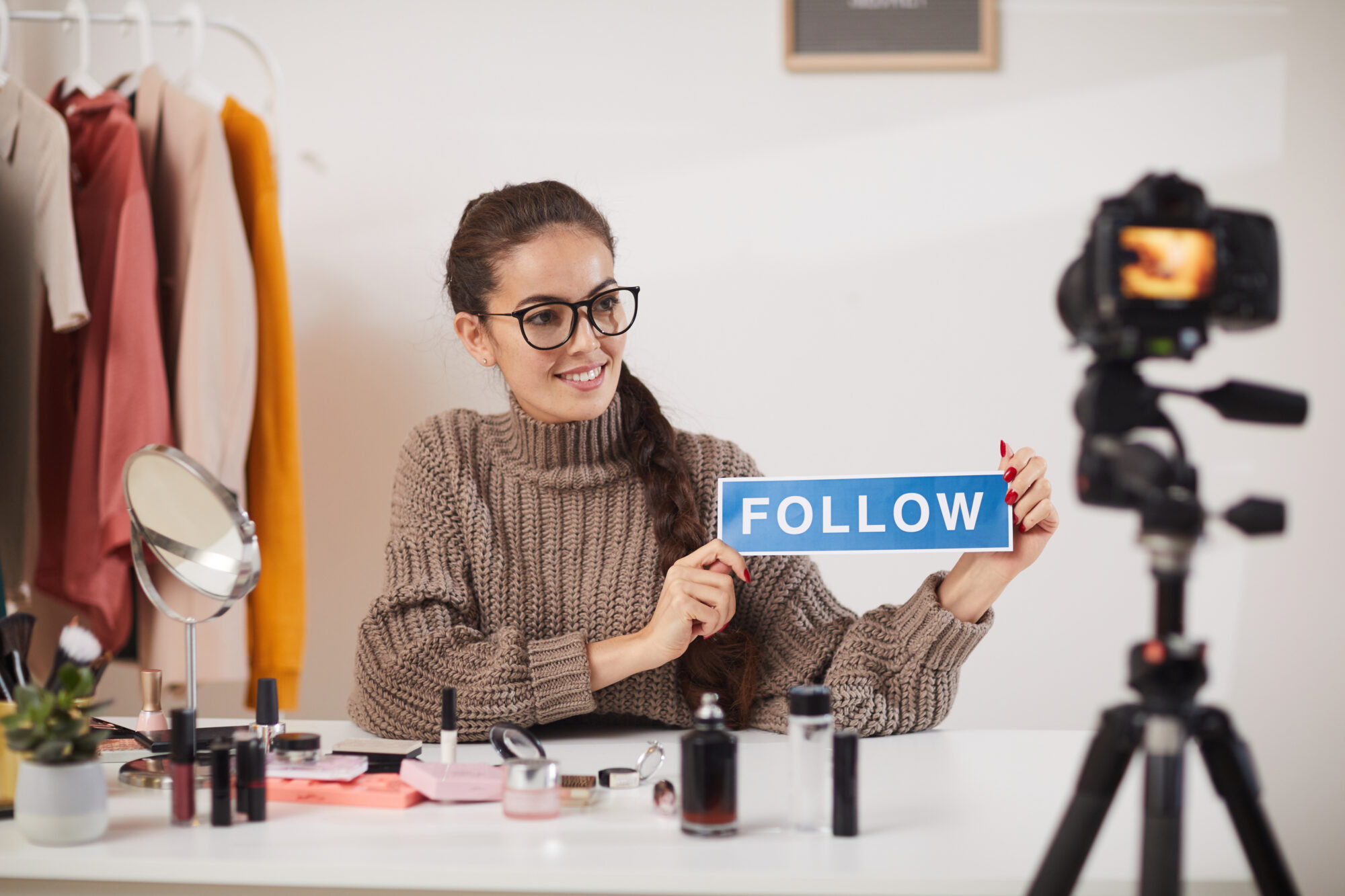Interviews for documentaries and marketing
Every documentary filmmaker uses interviews as part of what they are trying to do, to tell a story about the people involved and to get their direct input into the story. The story though comes through from a mix of their words and the visible emotions on screen and the action surrounding it.
Our work is marketing focused but the same is true, we want to tell an engaging story and find an emotional connection with the audience. The right words with the best supporting footage we can produce.
A golden rule of filmmaking is to ‘show not tell’ but for documentaries and marketing we’re trying to combine the two, a craftsman talking about his passion for what he produces combined with the footage of him doing so is really powerful and for a psychologist, talking about her client experiences and again her passion for what she does is the best way to convey her story.
We would support that with footage that conveys the emotional connection to what he or she was saying, usually we shoot that ourselves but sometimes we use stock footage if that isn’t possible. The clip below is stock footage and illustrates a baker’s skill.
We specialise in interviews and people talking to camera, supported by additional footage showing usually what they do.
Further back in my career I used to interview politicians, business leaders and people in the medical world about quite serious topics and give them the opportunity to speak candidly about their business or department and to put forward their ideas and views.
They stepped up to the mark as they understood how powerful this is as a medium. I wasn’t a journalist, I was a video and event producer working for two government departments, and a researcher and writer for large PR and corporate comms firms, part of a team developing their communications strategy.
Publicising an initiative or an event invariably starts with someone talking about it, we want to create that human connection, we want that emotional connection to inspire us to act.
This is a golden opportunity easily squandered. It is really important you get it right.
When you introduce what you do, knowing what your audience wants to hear and how to communicate that clearly and with integrity, it becomes a really powerful marketing tool. We can help you deliver that.
We can help you understand the concerns and motivations of your potential customers and see what will be your competitive edge. And then help you to present that with the right mix of passion, empathy and gravity, even humour to reach out to them.
If online, the content will also be turned into code that the key search engines wrote so that they could analyse every word you speak and connect you precisely to the audience that wants to hear that.
The clip above was never really meant to be seen and was just a quick test of a new Sony camera to see how good a job it did filming hand held in a crowded location.
I could say I’ve used it here in part to illustrate what we are trying to achieve when we film an interview or talking head and use additional footage to create a story and contextualise the piece, but in truth this wasn’t shot with anything in mind and just adds a bit of colour to a blog.
It does, however, let me show a couple of screen grabs from the clip that do add visual interest and draw the audience in. Had we planned and scripted this about the life of the town, these unexpected moments would have lifted the piece by visually demonstrating just what we were talking about.
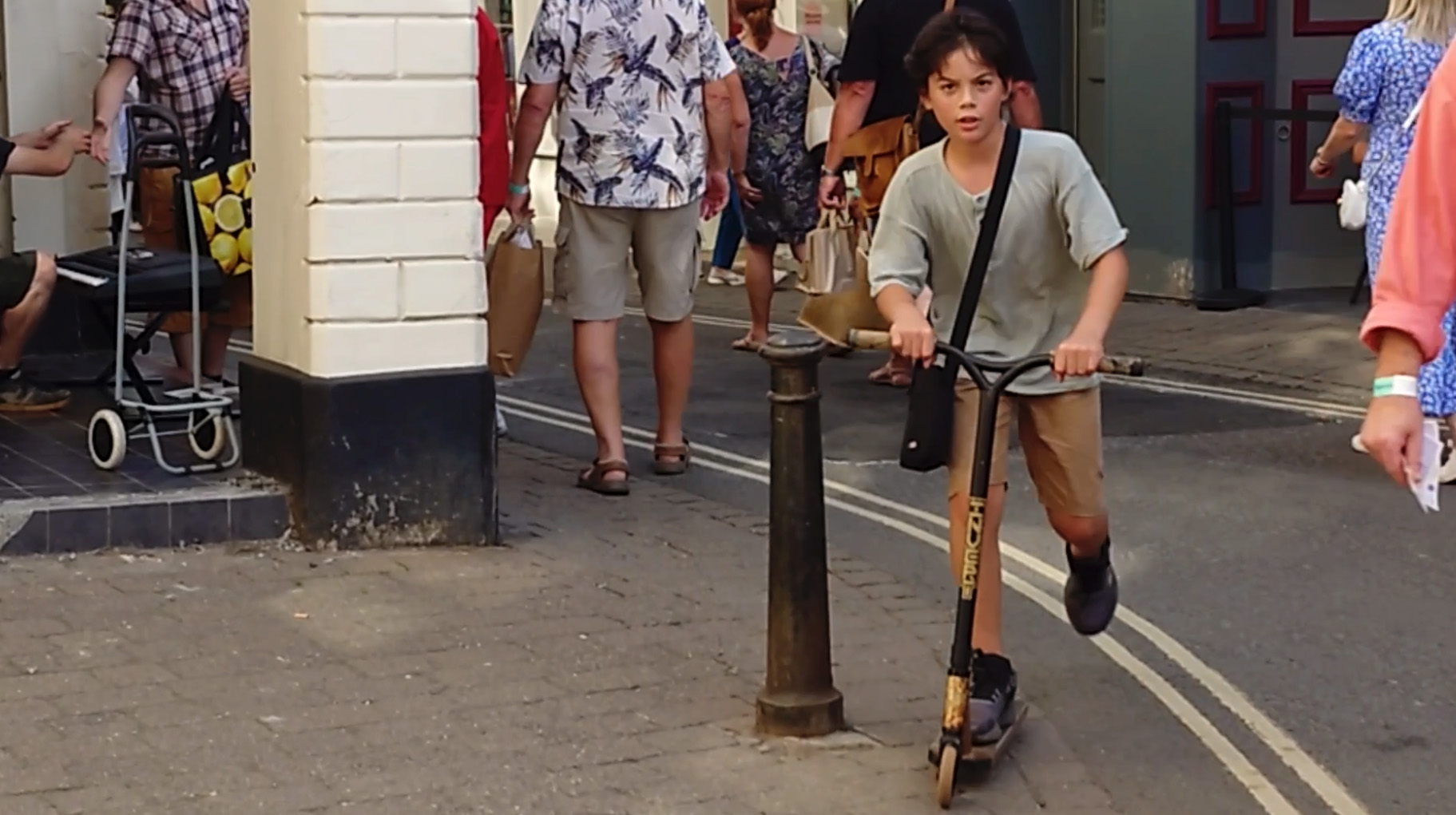
And its the combination of the planned and researched content, the speaker delivers coupled with the action that the camera captures, that brings the dialogue and action to life.
Be that a construction worker removing his hard hat at the end of the working day, to a mechanic’s pride in describing the Harley Davidson he is working on. Or the baker kneading bread, a young boy skilfully cutting through a slow moving crowd on his scooter, a young woman smiling and waving to the cameraman, we identify with them and they connect us to the story.
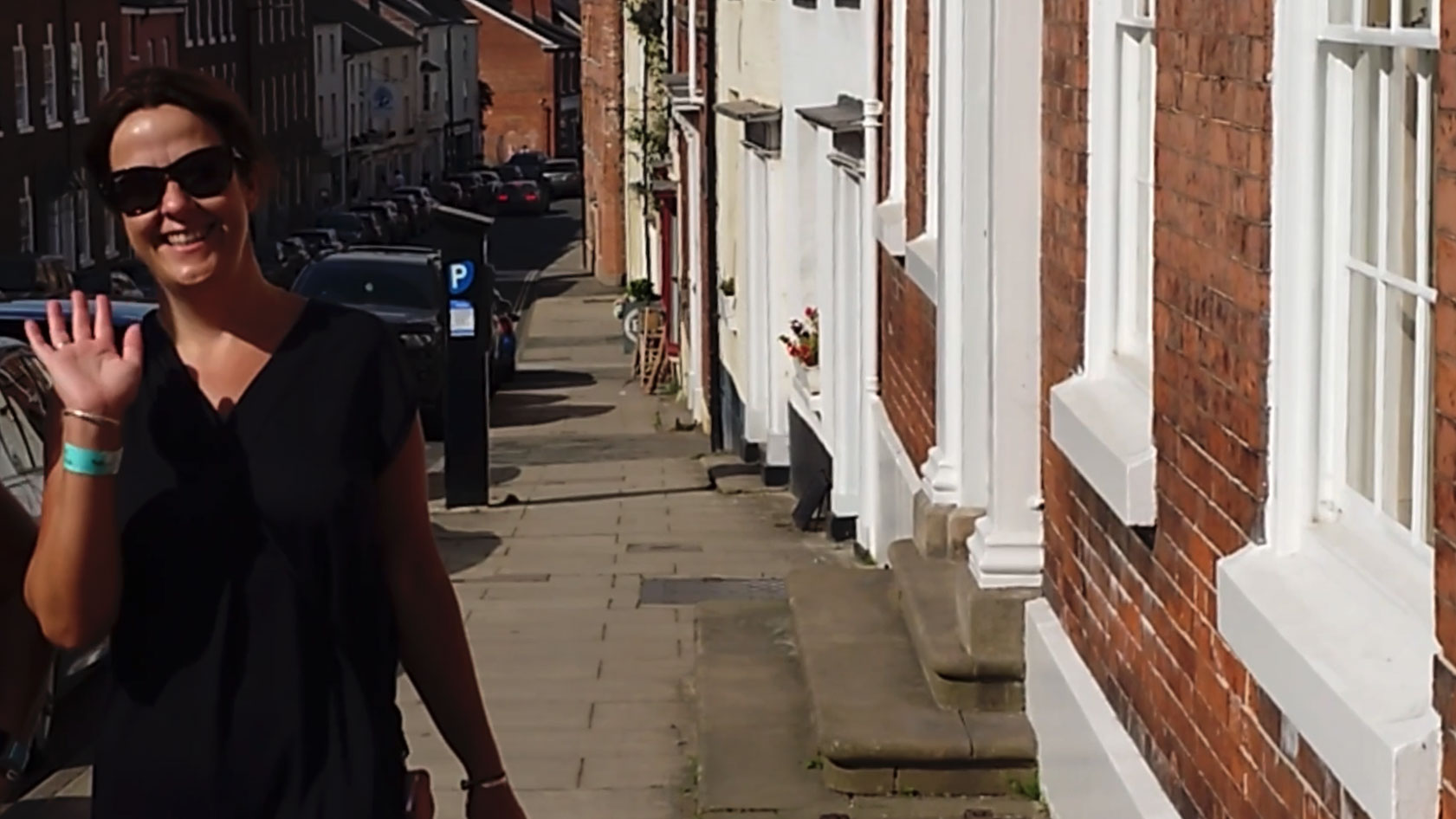
To ensure footage is future proofed as much as possible we shoot 4K or 6K in Apple Pros Res or Sony S-Cinetone as standard, but clients can specify a choice of codecs and frame rates etc dependent on their requirements right through to Netflix approved cameras.
One of the trends at the moment is to soften footage so that the person film looks their best, it’s done in post and slightly replicates the ‘vaseline on the lens’ approach from decades ago in movie making. What we can do now is far more sophisticated but the important thing for re-using the footage, is that it is pin sharp in the origination, if trends change as they tend to and you want to re-use the footage later but have the person’s face in much sharper definition, that’s no problem.
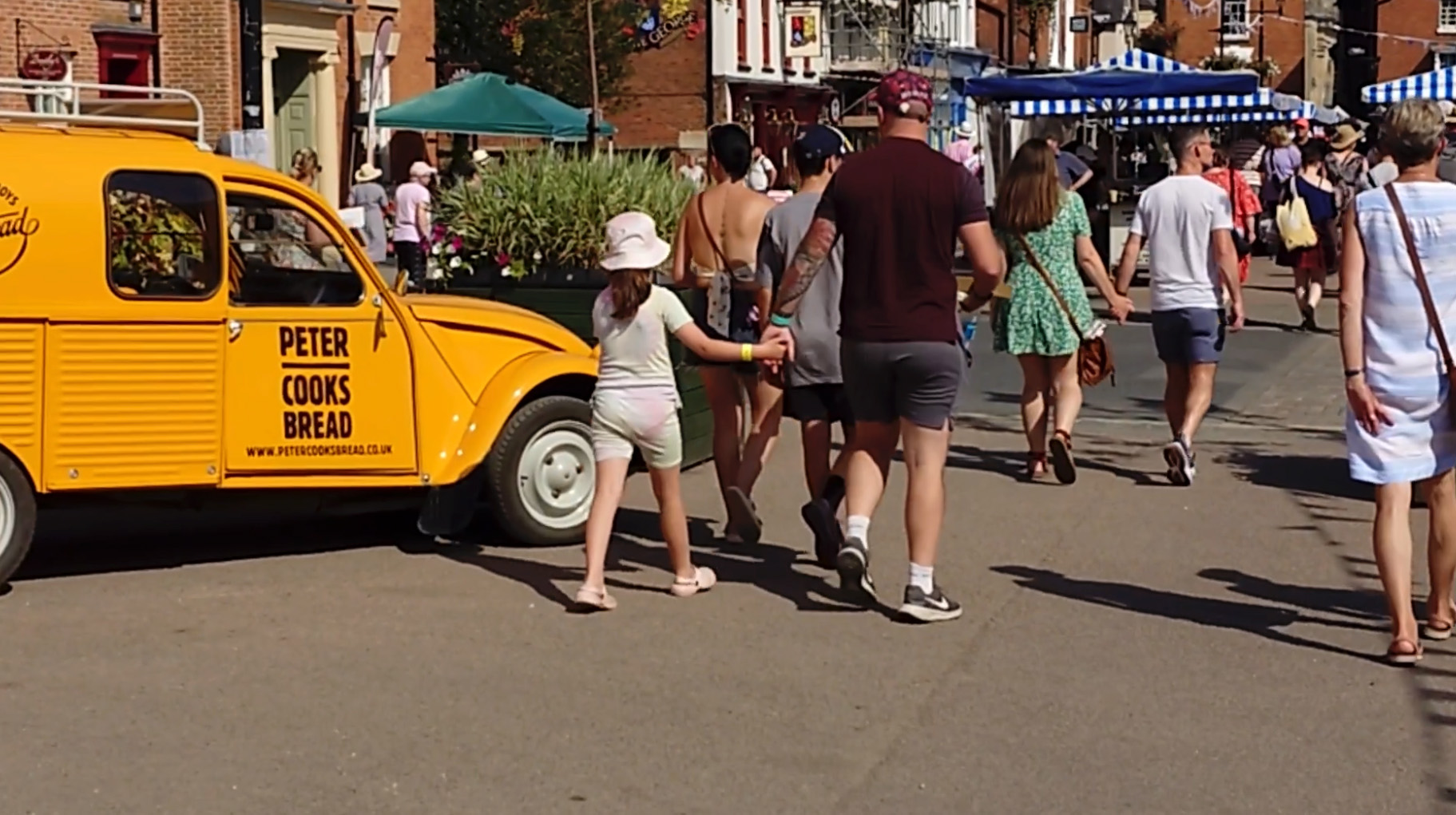
And as to filming on the Sony, I took it to Ludlow, a pretty market town on the Welsh border and started with a shot of the van from the company that supplies the deli I get my bread from, next a young boy on a scooter skilfully manoeuvres through the crowd but we catch a great shot of him, and finally get a friendly wave from a young woman.
The camera itself performed really well and I had wanted to see how it would compare to filming on a gimbal, and then run the footage through Sony Catalyst software to stabilise the footage post shoot using gyro date recorded in the camera. As it was, just the hand held footage was great and it looked natural and didn’t need any alterations in post or to have been filmed on a gimbal.
With everything we do, we are trying to create a natural look and though gimbals do do an incredible job of smoothing footage, they can make the footage look too good, a little shake and less smooth movement in ‘run and gun’ situations actually looks more real and keeps the viewer more immersed.

